How to tell mineral or nutrient deficiency in plants and soil
strawchicago z5
7 years ago
last modified: last year
Featured Answer
Sort by:Oldest
Comments (160)
ann beck 8a ruralish WA
2 years agolast modified: 2 years agostrawchicago z5 thanked ann beck 8a ruralish WAann beck 8a ruralish WA
2 years agolast modified: 2 years agostrawchicago z5 thanked ann beck 8a ruralish WARelated Discussions
Mineral Deficiency- Which Mineral?
Comments (3)Al, I don't think it is pests. I have been pinching aphids, and cleaning off the leaves 2x a day. I did the paper test, and found nothing. I'm using the same soil that I have my pepper plants in. I posted in an earlier thread. I am using GreenAll soil booster and perlite. about 50/50 ratio. I did not add lime. The pH was right at 7 when I tested about 2 weeks ago. I did contact our local water supply and our H2O is about 120ppm alkalinity. (calcium carbonate, I think?) so I have been putting about 1 tsp. vinegar per gallon of water into the water when I water. I also have been filling 5 gallon buckets of water a couple of days before I water to let the chlorine dissipate a little before I water. I add the vinegar and nutrients to the water when feeding the plants. I was thinking about adding lime but did not want to raise the pH. Greenman, said I could use gypsum to add calcium without raising pH. Should I quit adding vinegar? Should I get gypsum? I ordered FP 9-3-6 today, should be here Tuesday and will make the switch... I have pretty good drainage. when I water about 10% seems to be draining through the holes. It's been warmer this week, so I actually had to water again today, after 5 days. I used a little less than 1 tbsp. of MG 24-8-16, and the vinegar in a 2.5 gal. water jug. Thanks again for all your help. I have 4 plants with peppers on them, about 15 little tomatillos, and about 10 little green tomatoes, so something at least there is some good news too. Jon...See MoreYellowing leaves - over watered and/or nutrient deficient ?
Comments (2)Before adding anything, I'd wait to see if letting it dry a bit helps. Too much water isn't usually a problem in the intermountain west, but it can be if you water too much. Too much water can cause yellowing in leaves pretty quickly. On the bright side, it doesn't often take very long for things to dry out around here....See MoreNutrient deficiency or cold wet soil?
Comments (5)Recommended application rate for iron sulfate is 1/2 to 1 cup per 100 square feet, or up to 2 TB per plant. The amount you applied wouldn't have any effect. I am not sure of the iron diagnosis because the chlorotic leaves do not show green veins--as they would except in severe cases. The veins appear reddish on my monitor. Usually with N deficiency the plant is evenly pale green all over. You might want to check the pH. Residential soils can have odd spots where the contractor buried concrete, plaster, etc. Also a big rock under the plant can cause localized drainage issues. A few solid-yellow leaves at the bottom don't necessarily mean anything....See MoreHow to tell what nutrients are missing in plants?
Comments (18)Hi Bluegirl: Thank you for joining me here in Organic Roses Forum, much appreciated. Yesterday I almost ripped my arm carrying buckets of concrete clay, thanks to my mixing peat moss (pH 4) last year with my pH 7.7 clay. Fine particles like peat moss and alfalfa meal glue-up with clay into concrete blocks. Pine fines also glued up, once decomposed. Wood chips takes longer to glue up, due to larger size. The place where I layered coarse sand with clay ... still nice and fluffy after a decade. Coarse sand is inorganic, doesn't decompose, thus stay separated from clay. University of California Extension chart below listed 1 ton of gypsum as equivalent to 5.38 ton of sulfur. It also listed 1.09 ton of Ferric Sulfate as equivalent to 5.85 ton of sulfur. I already killed 2 rhododendrons with iron sulfate ... that stuff burns root fast. See link below: http://vric.ucdavis.edu/pdf/Soil/ChangingpHinSoil.pdf If your soil is acidic, hold off the gypsum. That stuff is great for alkaline soil and water .... but there are better sources of calcium for acidic soil, like bone meal and dolomitic, see link below "Types of calcium for best bloom formation". Gypsum provides 22% calcium, 17% sulfur, with salt index of 8.1, used to de-salt sodic soil, also to neutralize bicarbonates (calcium hydroxide) in alkaline tap water. Gypsum is great in breaking up clay at the bottom of the hole. Sulfur is slow-acting, but gypsum is fast-acting ... 1 ton of gypsum is equivalent to 5.38 ton of sulfur. Gypsum is also cheap at $7 for 40 lbs. bag at the feed store, versus $6 for 1 lb. bag of sulfur. I made the mistake of dumping gypsum on top ... made the surface soil acidic, great for fungal germination. My Evelyn rose broke out in rust and black spots. Plus the scent went away, thanks to too much calcium. That's why folks put lime in bagged soil to deodorize. Too much gypsum also made Evelyn's blooms almost white. Since I already over-dosed on gypsum, I'll use sulfate of potash to neutralize my alkaline tap water. I like its effect better: shiny glossy leaves, deeper color, bigger blooms ... thanks to the potassium. Bluegirl, I am more impressed with the instant-green-up of soluble sulfate of potash (aka potassium sulfate) at 23% sulfur and 20% potassium. Sulfate of potash exists naturally, just like gypsum ... both are mined products. Below is bouquet with Evelyn rose (big pink) and Crimson Glory (red). Evelyn was fertilized with high potassium cocoa mulch NPK 3-1-4, high potassium horse manure, plus soluble gypsum & sulfate of potash. Deep purple rose is in the middle, made small by my failed experiment of dumping high phosphorus (bone meal) on top and burnt the plant .. I haven't learned my lesson after burning geraniums that hot summer with bone meal. Here is a link that might be useful: Types of calcium for best bloom formation This post was edited by Strawberryhill on Thu, Jan 16, 14 at 13:06...See Morestrawchicago z5
2 years agoVaporvac Z6-OhioRiverValley
2 years agolast modified: 2 years agostrawchicago z5 thanked Vaporvac Z6-OhioRiverValleystrawchicago z5
2 years agolast modified: 2 years agostrawchicago z5
2 years agolast modified: 2 years agostrawchicago z5
2 years agolast modified: 2 years agostrawchicago z5
2 years agolast modified: 2 years agoSheila z8a Rogue Valley OR
2 years agostrawchicago z5
2 years agolast modified: 2 years agostrawchicago z5
last yearstrawchicago z5
last yearstrawchicago z5
last yearJue Shei
last yearstrawchicago z5
last yearlast modified: last yearstrawchicago z5
last yearlast modified: last yearstrawchicago z5
last yearlast modified: last yearstrawchicago z5
last yearstrawchicago z5
last yearlast modified: last yearstrawchicago z5
last yearlast modified: last yearstrawchicago z5
last yearlast modified: last yearstrawchicago z5
last yearstrawchicago z5
last year
Related Stories

GARDENING GUIDESGreat Design Plant: Try Blue Bells for Blooms in Dry Soil
This shrub’s violet-blue flowers and silvery foliage brighten low-water gardens all year long
Full Story
FARM YOUR YARDHow to Get Good Soil for Your Edible Garden
The nutrients in your soil feed the plants that feed you. Here are tips on getting it right — just in time for planting season
Full Story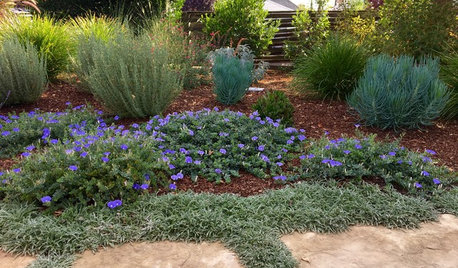
GARDENING GUIDESWhat to Do This Fall to Build Healthy Garden Soil
Take advantage of the cool season to improve soil texture and replenish nutrients
Full Story
GARDENING GUIDESHave Acidic Soil in Your Yard? Learn to Love Gardening Anyway
Look to acid-loving plants, like conifers and rhododendrons, to help your low-pH garden thrive
Full Story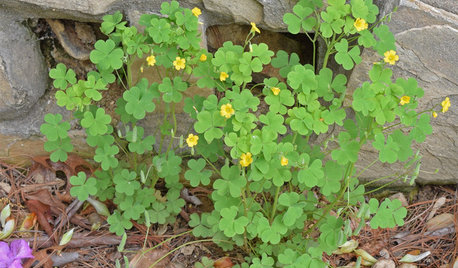
GARDENING GUIDESWhat Your Weeds May Be Trying to Tell You
An invasion of weeds can reveal something about your soil. Here’s what is going on and what to do about it
Full Story
GARDENING GUIDESGet the Dirt on Your Garden’s Soil
Understand how your soil supports your plants so you can ensure your garden’s success
Full Story
GARDENING GUIDESWhat's Wrong With My Plant? Leaves Often Hold the Clues
Learn how to identify common plant ailments by reading their leaves
Full Story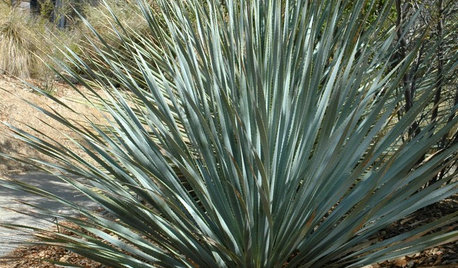
GARDENING GUIDESGreat Design Plant: Dasylirion Wheeleri
The gray-toothed leaves of common sotol add great spiky texture to drought-tolerant landscapes
Full Story
GARDENING GUIDESHow to Find the Right Native Plants for Your Yard
Find plant maps, sale sites and guides that make going native in the garden easier than ever
Full Story
LANDSCAPE DESIGNGarden Overhaul: Which Plants Should Stay, Which Should Go?
Learning how to inventory your plants is the first step in dealing with an overgrown landscape
Full Story


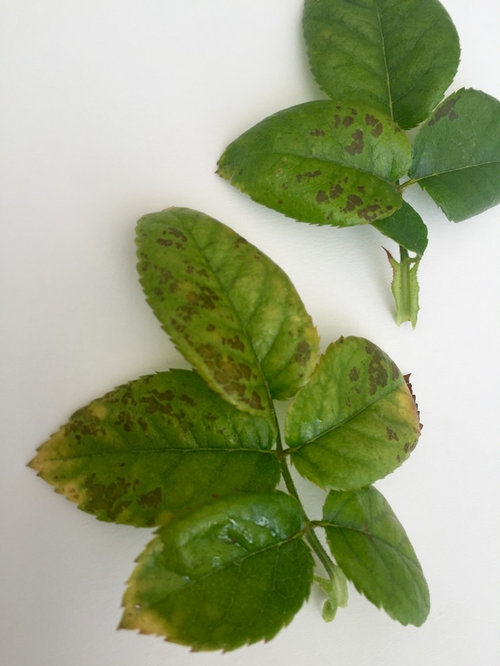


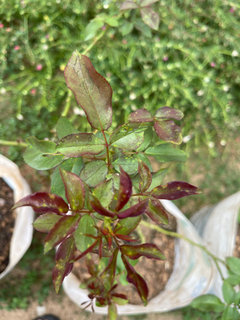

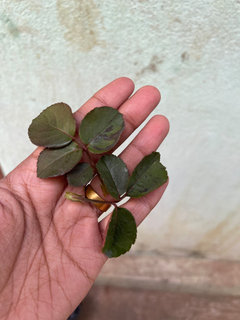
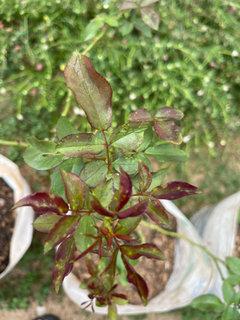
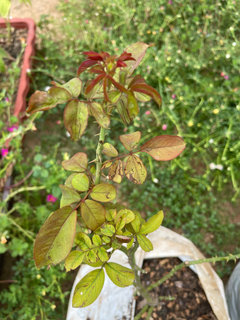
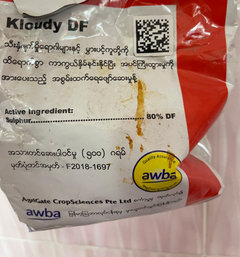


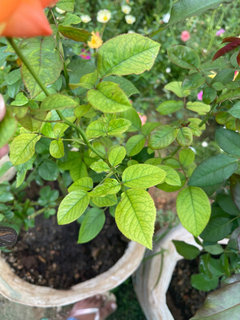
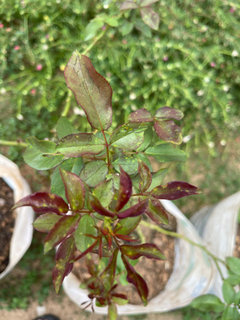
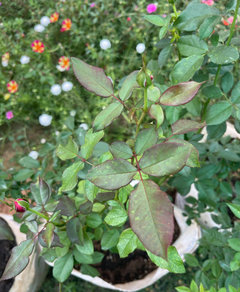
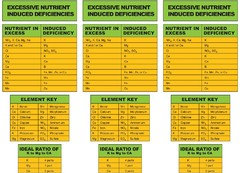
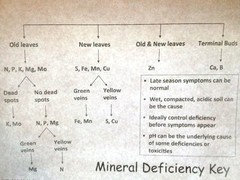

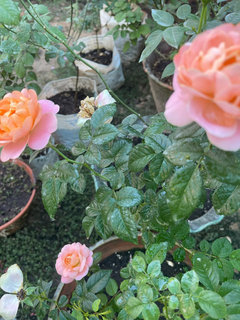
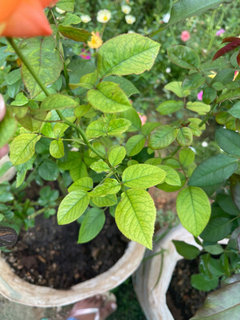



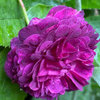
strawchicago z5Original Author